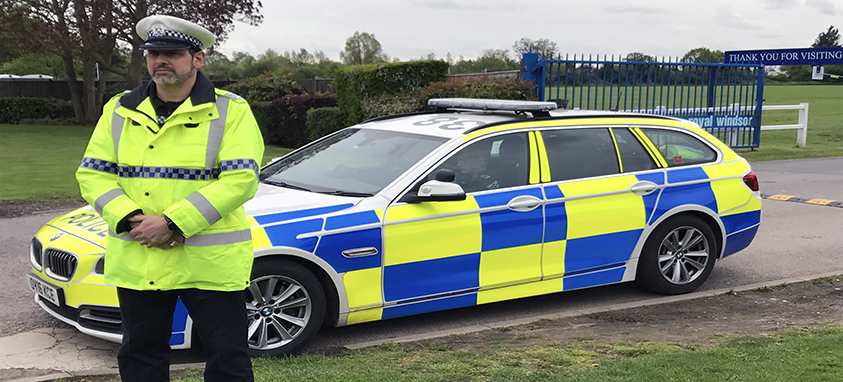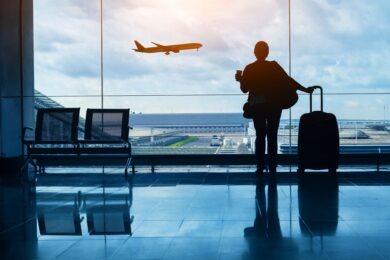The May 19 wedding of Prince Harry and Meghan Markle is the ultimate citywide event and a wonderful demonstration of best practices for managing security when managing a dignitary or super-VIP keynote speaker.
In most aspects, royal weddings adhere to centuries old traditions. When it comes to security, however, the officers overseeing the operation are relying on the most cutting-edge technology available today to ensure the safety of the family, guests, locals and visitors. In short, it is one of the largest policing operations in the history of Thames Valley Police.
Know what’s on the menu at the royal wedding? We do.
“The Force has a long history of policing Royal events from the annual Windsor Garter Ceremony to state visits and more recently Her Majesty the Queen’s 90th birthday,” says Assistant Chief Constable David Hardcastle. “We are working with our partners, local businesses and the community to deliver a safe, secure and happy event for everyone.”
The area surrounding Windsor Castle has been and will continue to be extensively searched and monitored by land, air, sea, underground and horseback. While Thames Valley Police aren’t revealing all their secrets, they have disclosed some techy ways they’re making sure the couple gets hitched without a hitch.
Automatic Number Plate Recognition
Big Brother is always watching. In addition to closed-circuit surveillance cameras set up throughout the city, Thames Valley Police are also utilizing the latest in Automatic Number Plate Recognition (ANPR) technology. This advanced software enables clearly readable photographs of plates to be taken while a vehicle is in motion. You may be most familiar with its application at toll plazas and red light cameras. In law enforcement, it’s used to run the plate through a database and alert authorities if a plate registers in their system as being suspicious. Events can also use this tech to control access to restricted areas.
“Any vehicle which triggers our ANPR technology, for whatever reason, will be monitored to ensure that it is safe, is not a threat to the public and is not involved in any criminal activity,” Inspector Graeme Hughes, of the Joint Operations Unit for Roads Policing, said.
No Drone Zone
Eager photographers will go to just about any length to snap an exclusive shot. When drones hit the marketplace, they gave paparazzi a whole new aerial angle. Thames Valley Police, however, are grounding drones before they even take off. They put a Restriction of Flying Regulation in place from May 19-20 in the area surrounding Windsor Castle.
Check out these meeting venues fit for a queen. Or Hollywood star.
Drones can pose several hazards, including interfering with other aircraft, or malfunctioning and falling from the sky, thus potentially causing injury to those below.
National Police Air Service
To give security officials a panoramic view of Windsor Castle and its surroundings, the National Police Air Service will hover the region in its fleet of helicopters. They come fully loaded with state-of-the-art cameras that allow them to focus in on and film targets and people of interest. The choppers can also travel at high speeds if they need to report to a scene of concern.
3 days until the #RoyalWedding!
@NPASBenson will be supporting us on the day – here's a little video of the technology and tactics they'll be using to keep you safe 🚁 pic.twitter.com/A8nIoyHYQl
— Thames Valley Police (@ThamesVP) May 16, 2018
Social Media
Thames Valley Police have been transparent about security measures in the weeks and days leading up to the big wedding, often using the power of social media to spread their message. They have regularly been posting updates to their website, Twitter, YouTube and Facebook pages. Additionally, officers have held online chat sessions with locals to answer questions and respond to concerns. While the palace guards are known to never crack a smile, Thames Valley Police are taking a different approach by encouraging people to come up to them on the street to engage with them.




